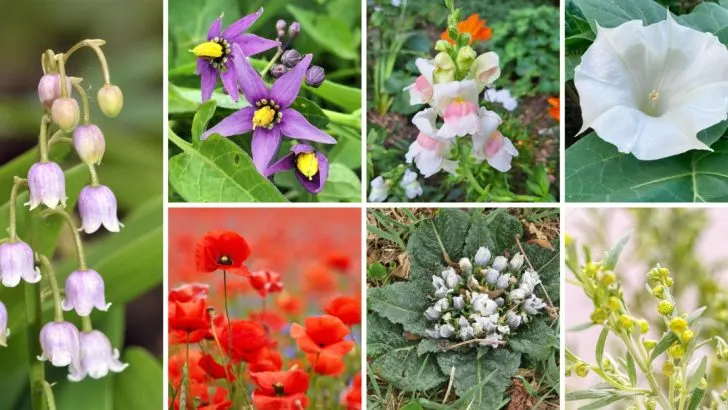In Victorian England, flowers weren’t just a beautiful addition to a garden—they held deep, secret meanings. Many plants, now known as “forbidden flowers,” were cherished for their symbolism, often associated with love, death, or scandal. Certain blooms, like the opium poppy or the moonflower, carried an air of mystery and danger, sometimes even tied to forbidden desires or secret messages. Their allure wasn’t just about beauty; it was about what they represented in a time when social norms were strict, and every flower could tell a story.
Today, these flowers are making a surprising comeback. With a renewed interest in Victorian symbolism and a touch of rebellious charm, plants like the dark and delicate black dahlia or the hauntingly beautiful jasmine are once again gracing gardens and homes. They’ve stepped out of their historical shadows to become symbols of boldness and individuality, making them perfect for anyone looking to add a bit of intrigue and romance to their space.
Nightshade
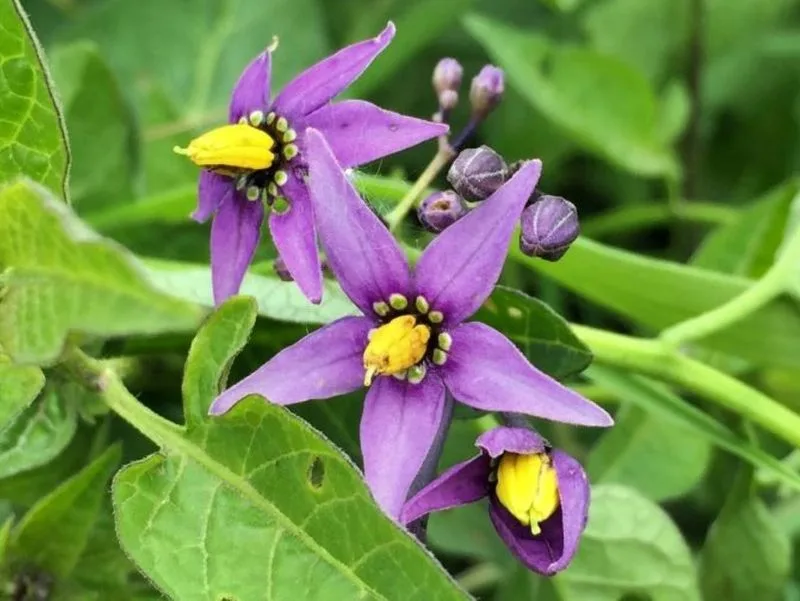
With a reputation as dark as its name, Nightshade was infamous in Victorian times. Often associated with witchcraft and poison, it was shunned by the genteel society. Yet, its alluring deep purple petals and enigmatic beauty have inspired a modern revival in gothic gardens.
Today, many admire nightshade for its dramatic flair and unique aesthetic. As a nod to its mysterious past, gardeners are carefully cultivating it in controlled settings. Its presence adds a touch of rebellious charm to any floral arrangement.
Nightshade’s resurgence is a testament to our fascination with the beautifully dangerous.
Foxglove
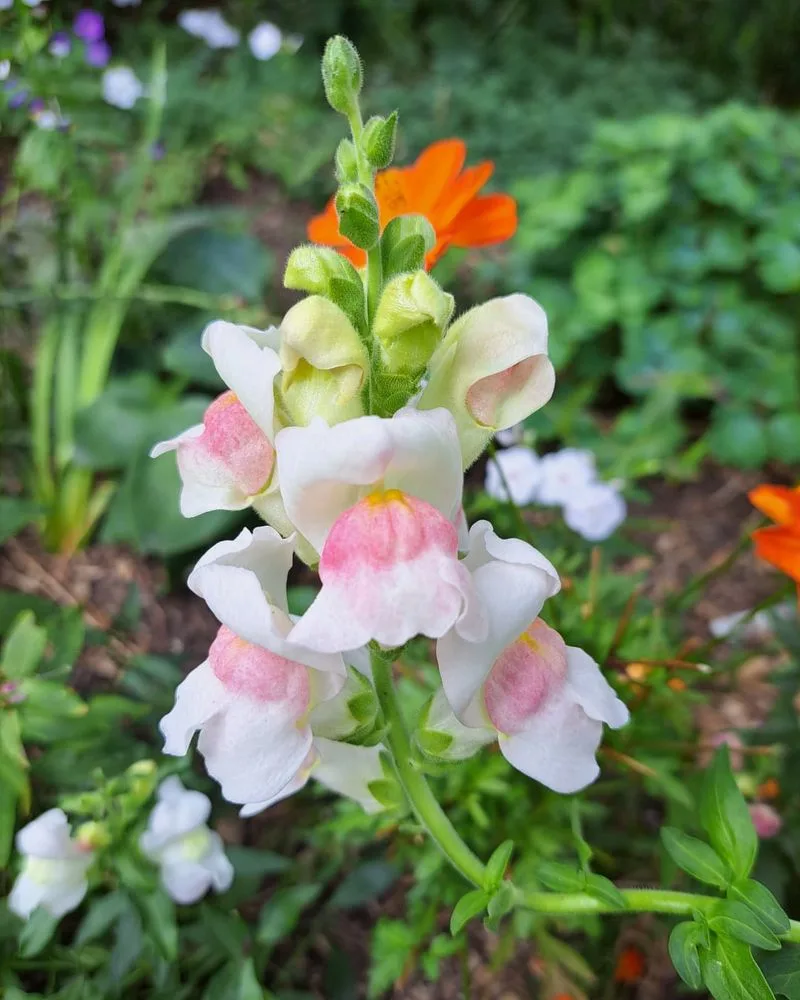
Foxglove, with its towering stalks of bell-shaped flowers, was both revered and feared. Known for its medicinal properties and potential toxicity, it demanded respect in Victorian gardens.
The plant’s delicate beauty belies its potent nature, drawing attention to its striking colors. Today, foxglove is celebrated in cottage gardens, where it brings vertical elegance and historical intrigue.
Its dual nature—beautiful yet dangerous—continues to enchant modern gardeners, making it a staple in heritage-inspired landscapes. Foxglove’s return is a blend of nostalgia and daring horticultural artistry.
Datura
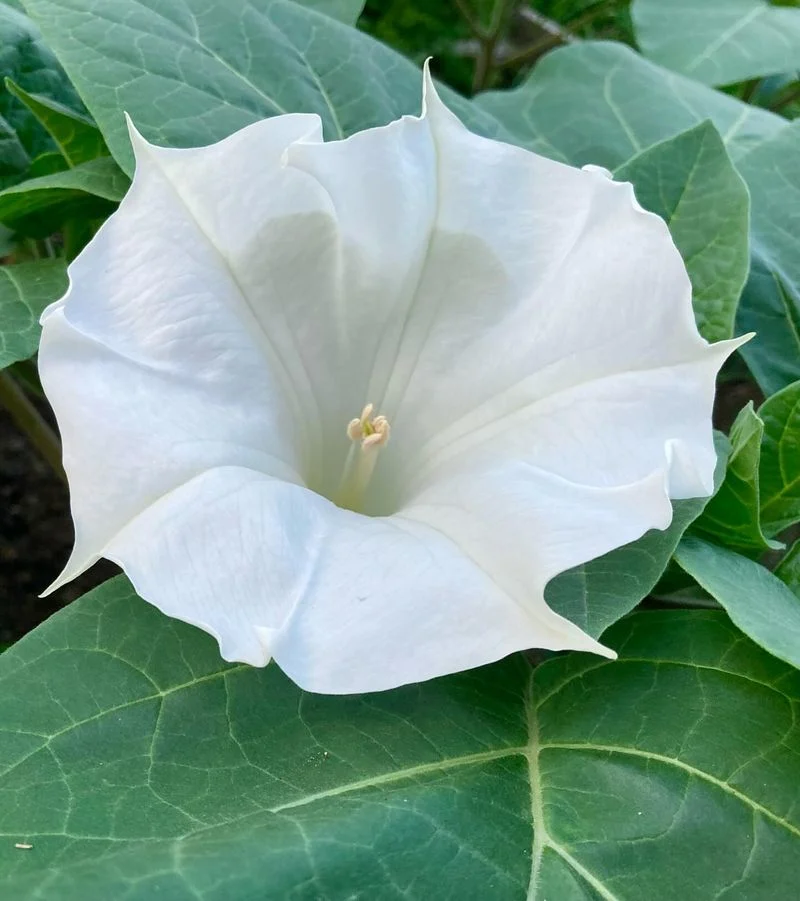
Datura, with its large, trumpet-like flowers, carried an air of forbidden allure. Often linked to mystical stories and hallucinations, it was a flower of both fear and fascination.
In Victorian England, its intoxicating scent and spiky seed pods added to its sinister reputation. Today, the plant’s dramatic appearance is embraced by modern gardeners seeking exotic beauty.
Datura’s captivating presence in night gardens and its ability to evoke an otherworldly ambiance make it a favorite for those looking to add mystery to their floral displays.
Poppy
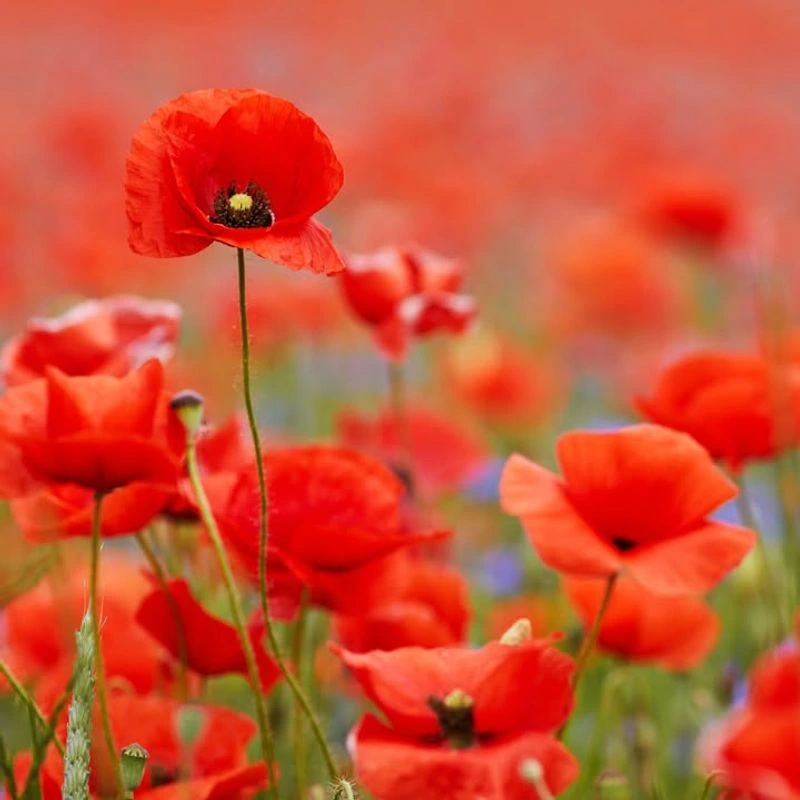
The poppy, with its bright red petals, was a symbol of sleep and death in Victorian symbolism. Its association with opium added a layer of scandal, making it both revered and feared.
Despite its controversial past, the poppy’s vibrant beauty and historical significance have ensured its place in modern gardens. Its brilliant blooms create a striking visual impact, perfect for wildflower meadows and remembrance gardens.
This flower’s complex history and undeniable charm continue to captivate flower enthusiasts, celebrating its dual role as a symbol of peace and remembrance.
Mandrake
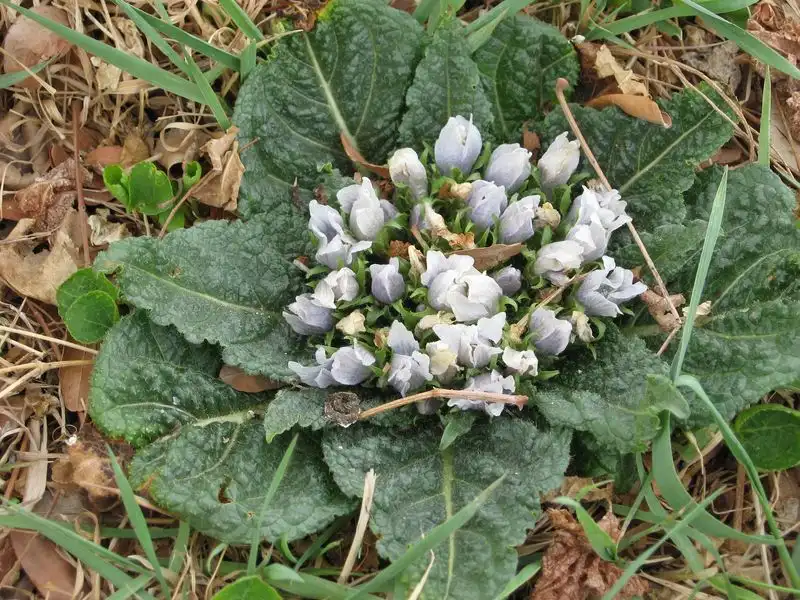
Shrouded in myth and lore, the mandrake plant was feared for its supposed magical powers and deadly nature. Legends spoke of its scream when uprooted, a tale that intrigued and terrified Victorians.
Today, mandrake’s mysterious reputation has given it a new lease on life in themed gardens. Enthusiasts enjoy its unusual appearance and the stories it carries.
The plant’s quirky shapes and historical roots make it a captivating addition to gardens that embrace the unusual. Its presence is a conversation starter, blending horticulture with folklore.
Wormwood
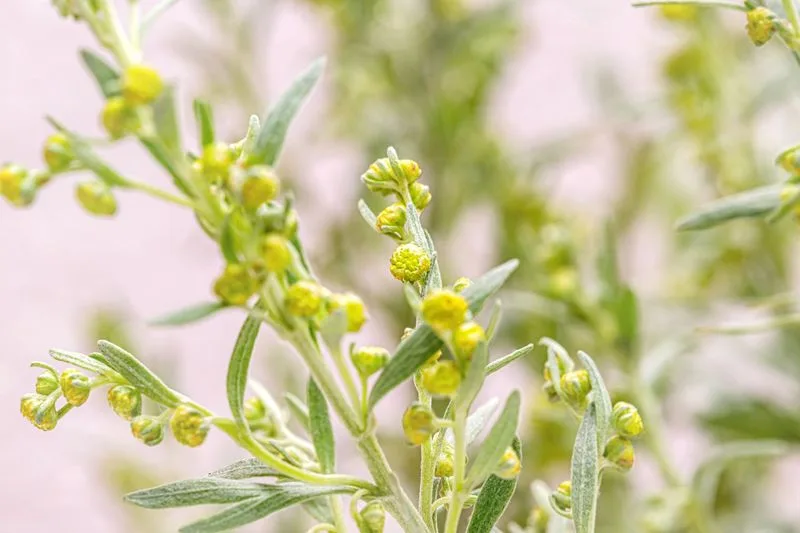
Wormwood was notorious for its use in absinthe, the ‘Green Fairy’ of Victorian absinthe culture. Its silvery leaves and bitter scent were both intriguing and intimidating.
In modern times, wormwood’s unique texture and folklore have found a place in herb gardens and ornamental displays. Its historical significance as a symbol of creativity and madness adds depth to its appeal.
Gardeners appreciate wormwood for its resilience and distinct appearance, making it a bold choice for those who appreciate plants with a storied past. Its legacy continues to inspire intrigue and admiration.
Lily of the Valley
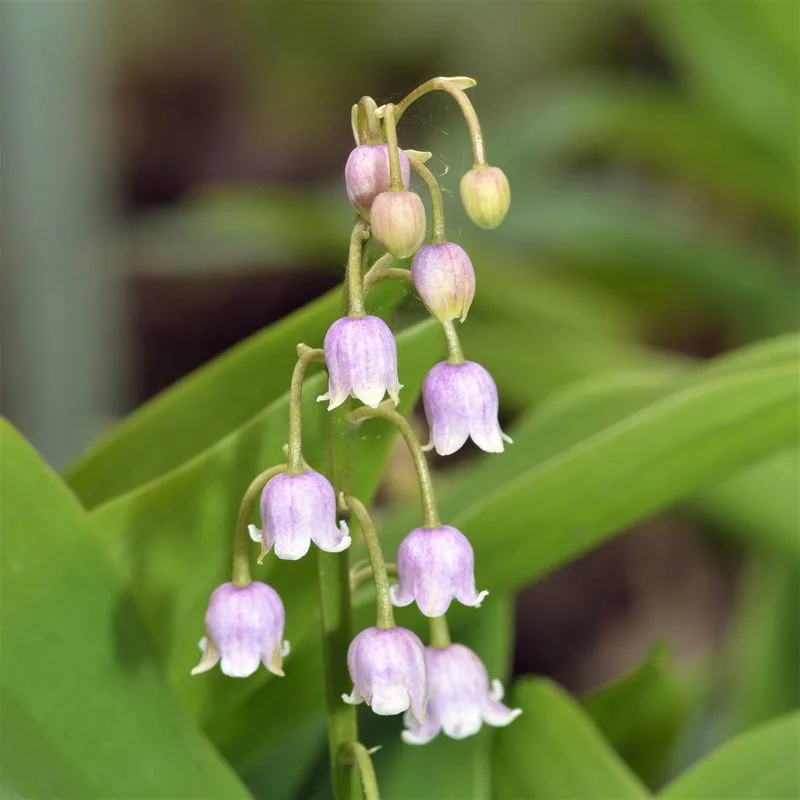
Renowned for its delicate scent and dainty white flowers, Lily of the Valley held a dual reputation in Victorian times. Often associated with purity and sweetness, it also symbolized a ‘return to happiness.’
Its subtle beauty made it a favorite in posies, yet it was also known for its poisonous nature. Today, it graces shaded gardens, offering a nostalgic nod to its historical charm.
Gardeners cherish lily of the valley for its fragrant blooms and ability to thrive in shaded areas, making it a timeless addition to any garden.

